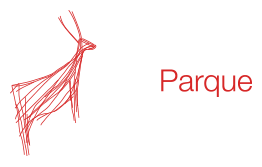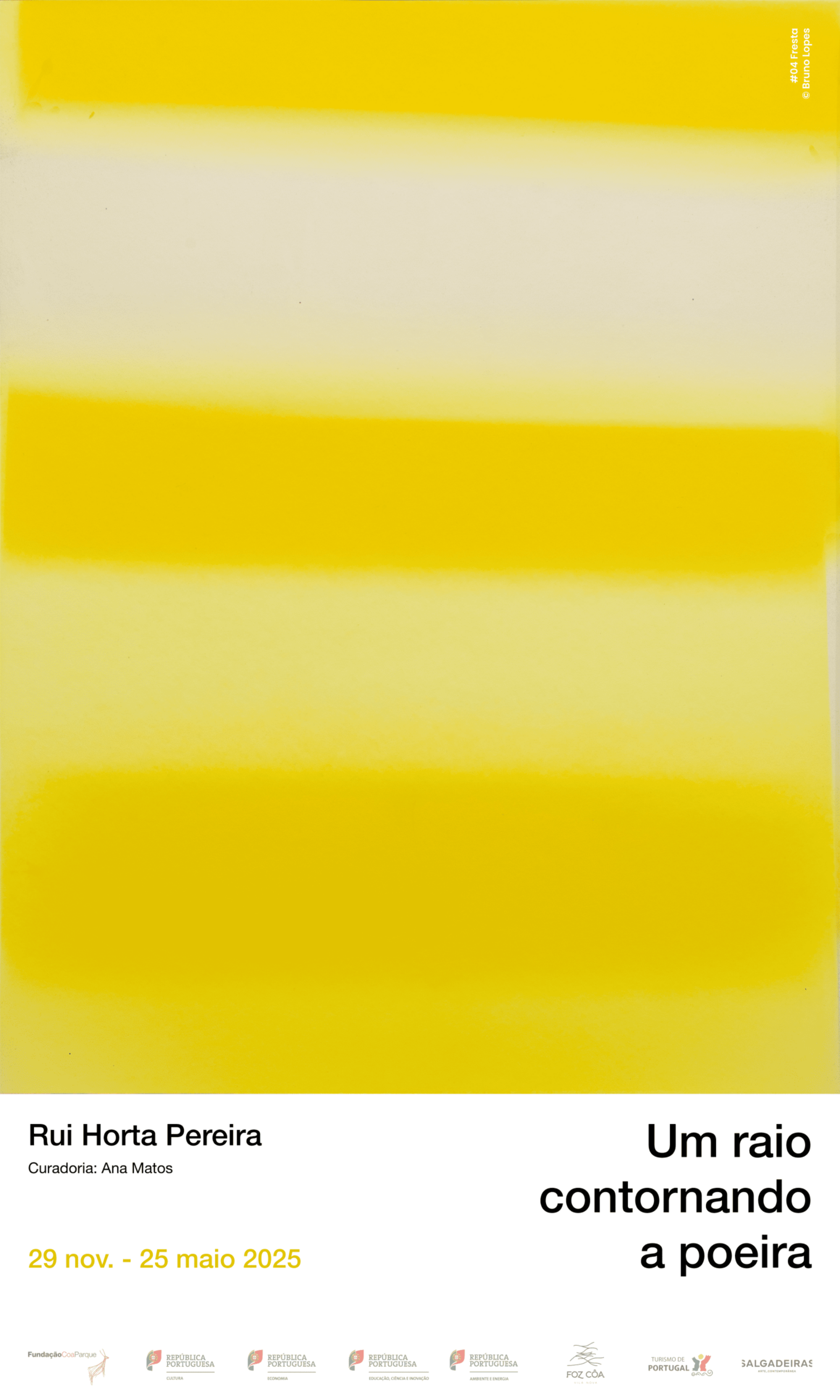“A RAY GOING AROUND THE DUST” — RUI HORTA PEREIRA
Curated by: Ana Matos
Côa Museum
November 29, 2024, to May 25, 2025
On November 29, the exhibition “A Ray Going Around the Dust” by Rui Horta Pereira opens, presenting a series of recent works, some of which are unpublished, focusing on issues of sustainability, resource use, and the experience of nature. In this, his first exhibition at the Côa Museum, the curator Ana Matos suggests “a close and strong dialogue with the Côa Museum, with rock art as an act of inscription, and also in relation to the landscape as a tool for revelation,” particularly in the series “Sun,” works created from the incidence of sunlight, or “The Shadow Struck by Light,” drawings produced through engraving on a previously sculptural piece. His ethical commitment results in a clear and deliberate appropriation of natural resources, as exemplified by the piece “Water and a Little Fine Sand.” Curiosity about technological and scientific processes is another characteristic of his artistic path, which is reflected in the series “Opaque” and “Inanimate.”
The exhibition occupies the three rooms of the Côa Museum and will be on display until May 25, 2025, and can be visited during the Museum’s regular hours.
ROOM TEXT
by Ana Matos
November 2024
“A RAY GOING AROUND THE DUST”
Sun, earth. Revelation, inscription. The sun reveals on paper the time of the Earth’s revolutions around itself. On the earth, the inscription of this action remains and is rescued. Every 23 hours 56 minutes 4.09 seconds, the Sun strikes the same point on our planet, marking its rays on the surfaces it goes around, slowly, gradually, and irrepeatably.
Throughout his journey, Rui Horta Pereira (RHP) has systematically reflected on the ongoing issues of sustainability, waste, the experience of nature, the discovery of things, integrating chance and error as tools in his artistic process. From this ethical commitment, he assumes a clear and deliberate appropriation of resources, both natural, such as sun and rainwater, and others, like wooden boards from a sculpture or objects he finds during his wanderings.
In “Opaque” and “Inanimate” (Room 1), the material and the subject of the work are the work itself, with sculptures made from waste, later encapsulated in plaster, reminding us of modernist capitals. However, using technological and scientific processes, which often spark his curiosity and interest, RHP also allows us to discover, through an X-ray image, “a sculpture that fades, an image that recognizes itself.” Again, light, radiation, absorption, revelation.
The “Sun” series (Room 2), found in the central room, results from a process similar to Heliography, through which sunlight falls on a stack of cardboard, creating lines and forms, light and shadow. The exposure time is uncertain but not random; it depends on the time of year, the weather, the time of day, and eventually, the time will stop, and its imprint will remain on paper. With the irony that is very characteristic of him, RHP says at one point: “I feel like a tightrope walker, an author in constant disauthorization.” After all, there is a game, a dialogue, a strategy being built with nature, as exemplified by the piece “Water and a Little Fine Sand.”
By deconstructing one of his sculptures, RHP brings to life “The Shadow Struck by Light” (Room 3). A set of wooden boards are reappropriated for another purpose. Scratching with a burin, the matrix is painted with black offset ink, and from a sculpture, a drawing is born.
In “A Ray Going Around the Dust,” RHP explores this strategy and thought, creating a close and strong dialogue with the Côa Museum, with rock art as an act of inscription, and also in the relationship with the landscape as a tool for revelation. Around light and its shadow, absorption and revelation, both provoke on the material and the surface, time plays a fundamental role, and a ray goes around the dust.


